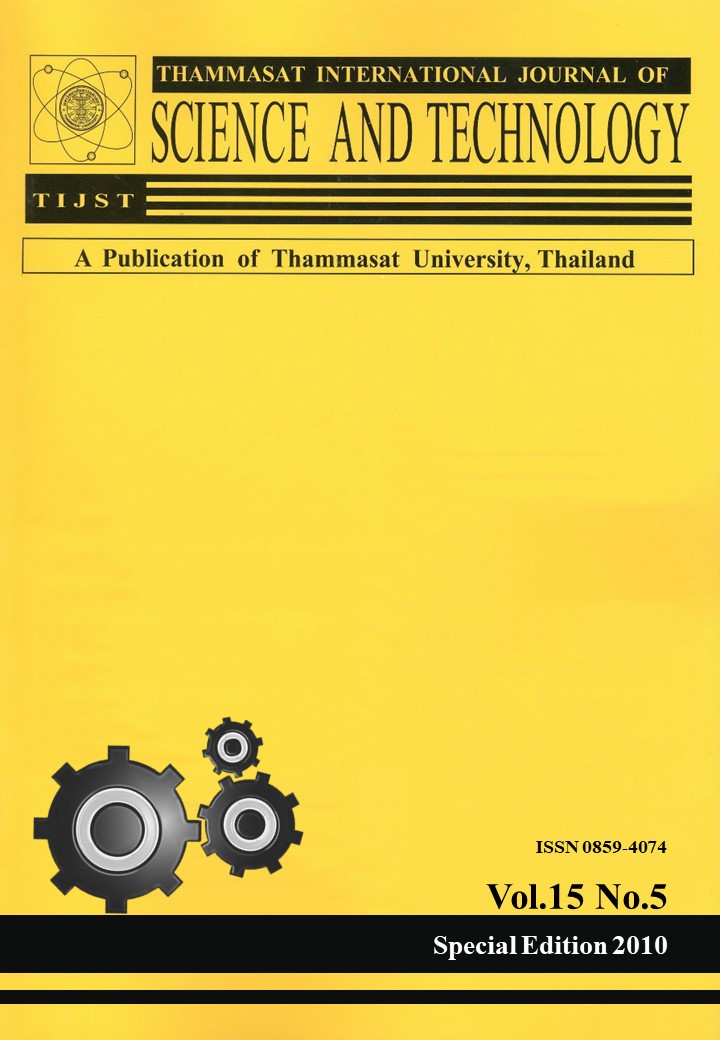Solid Oxide Fuel Cell Integrated with Supercritical Water Oxidation Fueled by Ethanol
Main Article Content
Abstract
As solid oxide fuel cell (SOFC) can offer the widest potential variety of applications
and high system efficiency, this study focused on the electricity generation in SOFC
integrated with ethanol supercritical water oxidation. A thermodynamic model based on
minimum free energy has been carried out. Because the effect of operating pressure from
atmosphere to supercritical water was investigated, thermodynamic equilibrium based on the
Peng-Robinson equation of state was used. The effects of reaction temperature, and amount of
water and oxygen fed in supercritical water reactor on the heat required supplying reactor and
the SOFC power generation have been reported. Results showed that the electricity generation
of SOFC increased as the steam-to-ethanol ratio and reactor temperature increased because of
the increase of hydrogen fed into the fuel cell but the hydrogen peroxide-to-ethanol ratio
decreased. Although the increase of steam-to-ethanol ratio and reactor temperature increased
hydrogen production, the total heat duty also increased. On the other hand, the reactor heat
duty can be decreased by adding oxygen into the reactor because of the increase of exothermic
energy.


